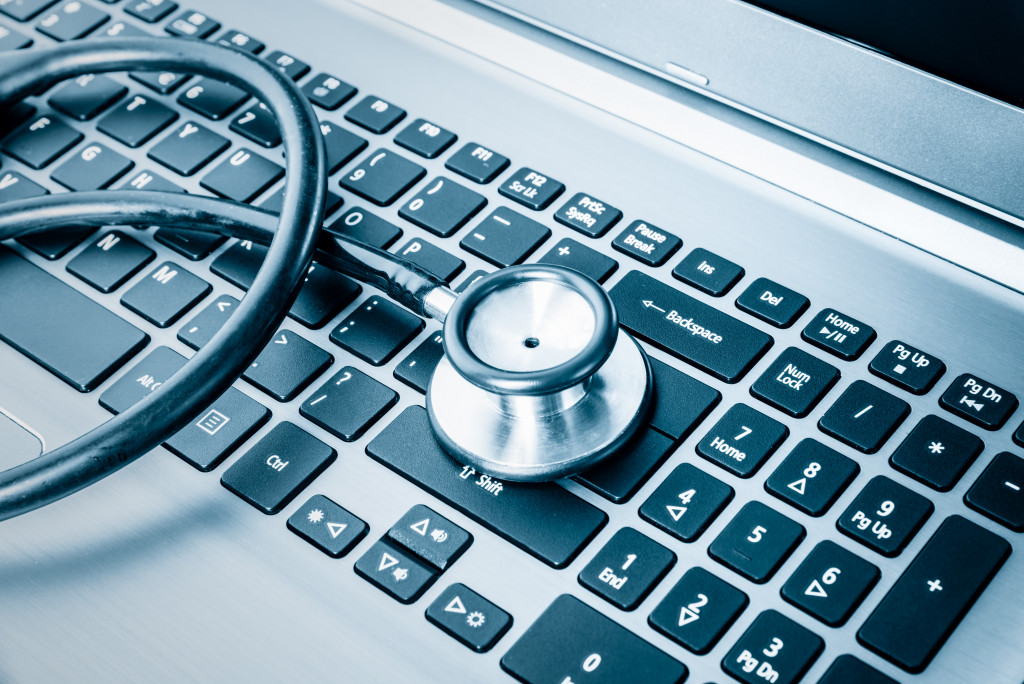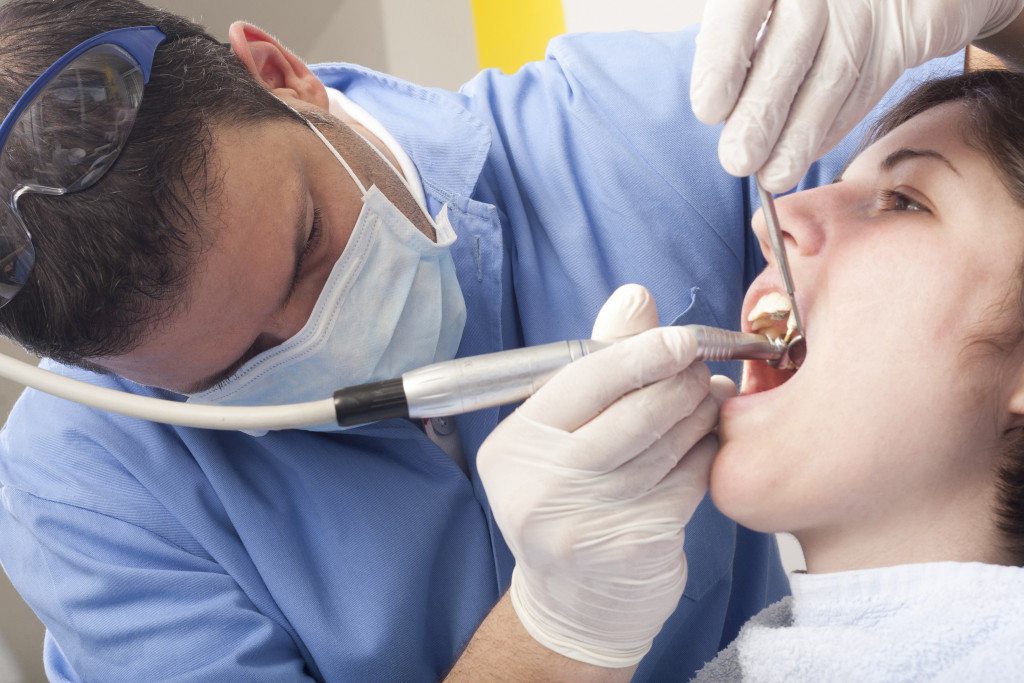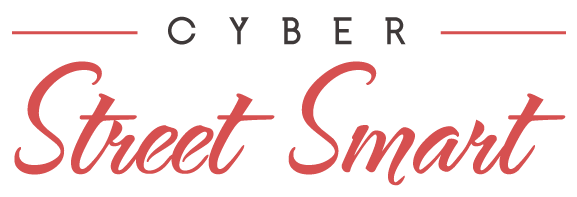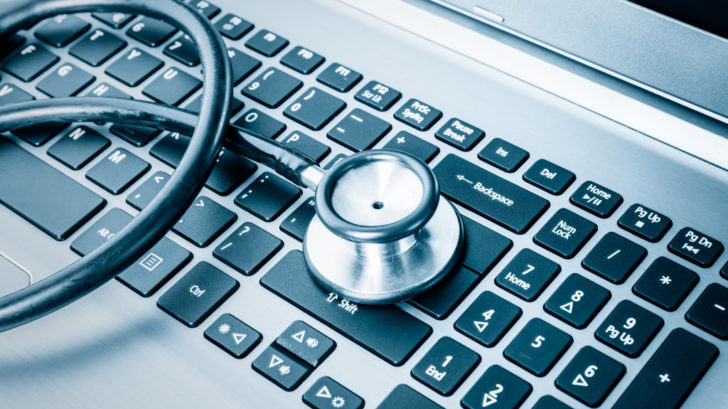 Technology is now an integral part of the medical industry. It is necessary both in improving medical devices and patient interventions, as well as in managing huge volumes of patient data. It is also used to connect various healthcare institutions with each other and with other service institutions and agencies.
Technology is now an integral part of the medical industry. It is necessary both in improving medical devices and patient interventions, as well as in managing huge volumes of patient data. It is also used to connect various healthcare institutions with each other and with other service institutions and agencies.
For instance, in mobile integrated healthcare non-emergency health calls to 911 are diverted to community paramedics who can respond accordingly. Digital connectivity is crucial among groups and devices; hence, also among the software systems and the platforms they use.
Technology in Running a Healthcare Business
The Accenture Digital Health Technology Vision published in June 2021 shows that globally, healthcare institutions have realized that going digital is the way for all businesses, including theirs. 81 percent of healthcare institutions report acceleration in their digital conversion. Among healthcare institutions that are not yet on the cloud, 66 percent stated that they will be by 2022 and 96 percent stated that they will be within the next three years.
Having data on the cloud is essential as a backup because healthcare institutions are primary targets of cybercriminals, according to the Federal Bureau of Investigation (FBI), the Cybersecurity and Infrastructure Security Agency (CISA), and the Department of Health and Human Services (HHS). Hackers hold patients’ personal data for ransom. A breach can cost an institution millions of dollars to regain their data but even that does not guarantee that the criminals will not sell copies of these data to other parties.
Downtime caused by breaches results in a stoppage in services, putting patients’ lives at risk. Healthcare institutions must implement the highest levels of cybersecurity.
Cloud computing with the latest database technologies and analytics software enables a healthcare institution to centralize all the data collected from different points of the organization into a hub for processing to meet various needs. For instance, the test results of an individual submitted by different departments are collated in real-time and can be accessed by any of the specialists attending to the patient. The data can also be used to process billing and can be shared with insurance companies for their processing.
The health institution can gain insights from big data to assess their business standing and use these as the basis for business decisions. After all, a healthcare institution needs to be financially stable to be able to continuously develop its services for its patients. Various types of medical equipment need upgrading and facilities need regular maintenance.

Telehealth Services
The Covid-19 pandemic popularized the use of telemedicine consultations. There are various apps used for this, including free Zoom video calls. Many patients are afraid to go to a hospital where they can be exposed to Covid-19. A teleconsultation with a doctor can determine if they do need to go to the hospital for their condition or it can be managed at home with the proper medication.
Telehealth also maximizes the time of doctors. They can do the consultations from home, hence saving the time they use commuting to and from the hospital. With many physicians suffering from pandemic burnout, this is a less taxing option.
The Internet of Medical Things
The Internet of Things (IoT) has now reached the medical industry and there is an Internet of Medical Things (IoMT). These are medical devices, including wearable devices, that are connected through the Internet to a central monitoring system. Physicians and nurses can access the information through their smartphones wherever they are.
The IoMT is very useful for telemedicine. There are wearable devices that measure temperature, heart rate, blood pressure, and blood sugar, among others. The data is collected and saved, ready for a generation as a report. Current measurements during the consultation can also be transmitted to the doctor in real-time. Patients who need constant monitoring must wear the device all the time. It then sends an alert to the doctor when there is an unusual change in the patient’s condition.
In hospitals, there are now robot nurses that can do basic patient monitoring and free up the time of nurses to do more complex tasks. In Italy, a robot nurse takes the patients’ blood pressure and oxygen saturation in intensive care units (ICU). The robot also serves as an intercom where the patient can communicate with a doctor or nurse. The use of such robots is a great help when there is a shortage of nurses. They also limit the exposure of nurses to Covid-19 patients and save on the use of personal protective equipment (PPE).
The Need for Interoperability
While ensuring maximum cybersecurity, it is important for healthcare institutions to have interoperability with other organizations like other hospitals, government agencies, non-profits, and insurance companies, among others. The COVID-19 pandemic highlights this need as all sectors need to work together to address the public health crisis. Having such connectivity prepares the country for any other health crisis.





